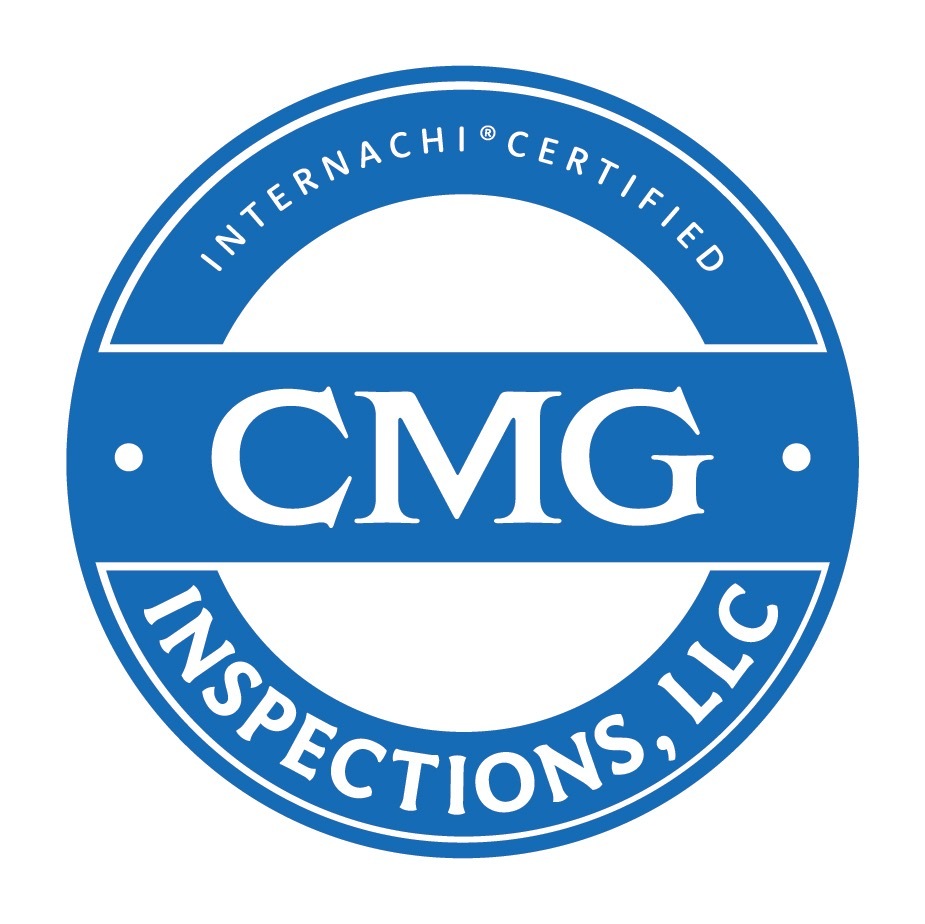Foundation Inspections – Ensuring a Solid Base
Building your dream home is like crafting the perfect sandwich: without a sturdy foundation, everything falls apart. Let’s dive into the world of foundations, exploring their types, inspection essentials, moisture management, and Florida-specific considerations—all while keeping things as entertaining as a stand-up comedy routine.
Overview of Foundation Types
Slab-on-Grade Foundations
Imagine laying a giant concrete pancake directly on the ground. That’s your slab-on-grade foundation. It’s straightforward, cost-effective, and perfect for those who prefer their homes without the “underbelly” of a crawl space or basement. However, in Florida’s humid climate, this type might feel like wearing a wool sweater in July—manageable but not always comfortable.
Crawl Space Foundations
Think of crawl spaces as your home’s secret lair—just tall enough for adventurous raccoons or the occasional superhero sidekick. These spaces elevate your home, offering a buffer against moisture and pests. But beware: in Florida, crawl spaces can become the VIP lounge for humidity and mold, turning your secret lair into a damp dungeon.
Basement Foundations
Basements are like the Swiss Army knives of foundations—versatile and full of potential. They provide extra storage, living space, and a cool retreat from Florida’s scorching summers. However, constructing basements in the Sunshine State is like digging a hole at the beach; you’re bound to hit water sooner than you’d like.
Key Inspection Criteria
Footings and Reinforcement
Inspectors are the unsung heroes ensuring your home’s footings aren’t just wishful thinking. They verify that footings are as per design, properly reinforced, and made from quality concrete. It’s like checking that your pizza crust isn’t soggy—nobody wants a floppy foundation.
Alignment and Structural Integrity
A level foundation is crucial; otherwise, your home might resemble a funhouse attraction. Inspectors use their trusty tools to ensure everything is straight and narrow, preventing future issues that could make your floors as wavy as the Atlantic.
Moisture Control in Foundations
Drainage and Waterproofing
Proper drainage and waterproofing are like giving your home a raincoat and galoshes. Without them, moisture can seep in, leading to cracks and long-term damage. In Florida, where rain can feel like a daily monsoon, these measures are as essential as sunscreen at the beach.
Florida-Specific Requirements
Enhanced Waterproofing Measures
The 2023 Florida Building Code has upped the ante on waterproofing, addressing the state’s high water tables and flood-prone areas. Think of these measures as your home’s scuba gear, protecting it from unwanted water intrusion and the dreaded mold monster lurking in the shadows.
Practical Tips for Homeowners and Builders
Regular Inspections
Schedule inspections as you would dentist appointments—early and often. Catching issues during foundation work is easier (and cheaper) than dealing with a full-blown cavity later.
Understanding Inspection Reports
Inspection reports can read like a foreign language. Take the time to understand them, or hire a translator (a.k.a. a knowledgeable contractor) to ensure you address any red flags before they become crimson disasters.
Contractor Selection
Choose contractors who know Florida’s unique foundation challenges like the back of their sun-kissed hands. A seasoned pro will navigate the state’s quirks better than a GPS with a sense of humor.
Conclusion
Ensuring a solid foundation is the bedrock (pun intended) of building your dream home. By understanding foundation types, key inspection points, moisture control, and Florida-specific requirements, you’re well on your way to creating a structure that’s as sturdy as your commitment to living in paradise. Remember, a well-built foundation isn’t just about stability—it’s about peace of mind, knowing your home can weather any storm, literal or metaphorical.

.png)
